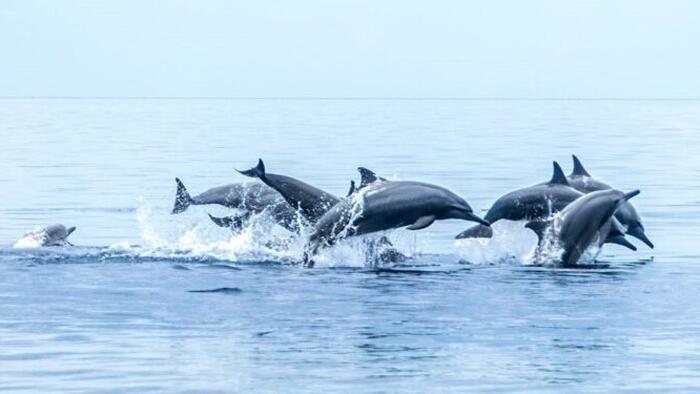The past decade has seen a significant rise in offshore wind farms along the U.K. coastline, coinciding with an alarming increase in strandings of marine mammals, including whales, dolphins, and porpoises. Stranding cases have more than doubled since the early 2000s, with current figures exceeding 1,000 animals annually. Despite this dire situation, mainstream media tends to overlook the impact of offshore wind on marine wildlife, adhering to the prevailing narrative that these renewable energy projects are environmentally friendly and essential for achieving the U.K.’s Net Zero emissions goal by 2050. The environmental implications of wind turbines—both offshore and onshore—are increasingly being called into question, particularly concerning endangered species. Once a hallmark of environmental activism, the movement to protect marine life, notably whales, now seems overshadowed by the push for renewable energy solutions, with the significant death toll of bats and raptors also going largely unaddressed.
Andrew Montford of Net Zero Watch has highlighted a disturbing correlation between the rising capacity of offshore wind farms and the increasing number of cetacean strandings in U.K. waters. While causation is complex and contentious, Montford suggests that the link remains strong and warrants further investigation. This reflection mirrors concerns raised in the United States, where a substantial number of cetaceans—around 300—have stranded off the northeastern coastline amid large-scale offshore wind farm developments. Critics argue that the noise pollution caused by sonar, pile-driving, and heightened vessel traffic may disrupt marine life, affecting feeding, breeding, and migration patterns vital to the survival of these species.
In light of recent reports, particularly those presented to Ascobans, the U.N. conservation body for cetaceans, the rising stranding numbers have prompted environmental advocates like Jason Endfield to warn of a looming environmental crisis. He criticizes the industrialization of ocean spaces in pursuit of renewable energy, emphasizing that increasing underwater noise levels have become intolerable for marine mammals. This environmental alarm has been largely ignored in the larger conversation about wind energy, which is celebrated for its renewable promise, while its adverse effects on marine biodiversity have often been downplayed or disregarded entirely. The forthcoming Labour government’s ambitious plans for offshore wind expansion, spearheaded by policy advocate Ed Miliband, appear set to deepen this conflict as considerable public investments are funneled into an industry criticized for ignoring the potential ecological costs.
Counterclaims asserting that there is no connection between wind turbines and marine mammal deaths have come from figures within the renewable energy sector. For instance, Greenpeace representatives have denounced allegations of harm as a disinformation campaign. They, along with various mainstream media outlets, often support the narrative that prioritizes wind energy development without adequately addressing environmental concerns. This narrative was recently evident in the reporting of reputable agencies; for example, Agence France-Presse’s Manon Jacob dismissed the correlation as a distraction, despite the growing body of evidence suggesting that large marine mammal deaths could be linked to wind farm activities.
Scientific commentators have pointed out a growing body of research that contradicts the prevailing positive narrative around offshore wind farms. Investigative journalist Jo Nova has highlighted longstanding awareness among researchers that construction practices like pile-driving can severely impair marine mammals, particularly porpoises, foreshadowing dire outcomes for these species. Nova reflects on a historical shift in environmental activism, questioning the reluctance among current advocates to address issues of marine mammal stranding. The focus on industrial development for renewable energy seems to overshadow the formerly proactive stance taken by environmentalists to defend marine life, leading to an unsettling incongruity regarding public discussion on the topic.
Emerging signs suggest that the consensus around wind farms’ safety may be shifting. A recent essay published on Watts Up With That? pointed to a new impact statement from the U.S. Bureau of Ocean Energy Management (BOEM), which acknowledged potential harms to marine species from offshore wind developments. This assessment notes that far from being harmless, these installations could adversely affect marine mammals, sea turtles, birds, and fish through noise pollution and habitat changes. Moreover, even unintended impacts on land species like bats could arise from these offshore projects. There are indications that a changing public discourse, coupled with legal challenges and scientific findings, might lead to a more cautious regulatory approach regarding the expansion of offshore wind initiatives, moving forward. This evolution in conversation underscores the need for balanced consideration of ecological impacts alongside ambitious renewable energy targets, a balance that has been exceedingly difficult to strike in the current climate of environmental policy.

